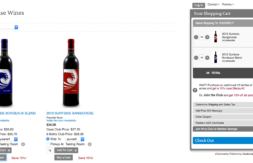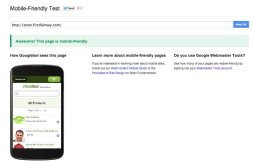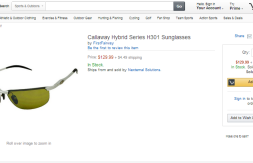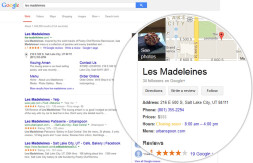Are You Making This Mistake With Google Analytics?

Many young online companies and those that are new to Google Analytics don’t really know how much it can do. Even with the most basic implementation of Google Analytics to a new site, a lot of information is available through the Analytics portal, so many companies don’t know how much more informative and customizable it can be to their particular business. This article focuses on marketing effectiveness using the Custom Campaign functionality. A large portion of Analytics users don’t know that by simply appending some data to their inbound marketing links, they can refine and significantly improve their marketing lead tracking to a point where their marketing data is easier to read and much more useful and actionable.
“Custom campaigns” allow you to track more information from your referral traffic. The data that is appended to a link can consist of up to five predetermined variables, but this article focuses on what we see as the three most powerful and widely usable variables – medium, source and campaign.
1. utm_medium – is typically used to specify the type of source that is driving the traffic. Examples would be email, affiliates, comparison shopping engines, banners, and pay per click channels.
2. utm_source – is used to designate the exact name of the source. For example, the medium variable allows you analyze traffic coming from affiliates as a group, but the source variable allows you to track Affiliate A versus Affiliate B. For links coming from Affiliate A’s website, you would set the value of utm_source to AffiliateA.
3. utm_campaign – is used to set a campaign name. This would allow you to slice your data yet another way. Let’s say for example you are running a promotion involving a coupon code through various medium and sources. You can track the effectiveness of the coupon promotion as a whole across all channels by setting the campaign variable to your coupon name, and still drill down to see the source and medium to determine where the coupon is most effective. It is valuable to know that a coupon has effectively driven sales, but even more valuable to know, for example, that displaying coupon codes in your banners is consistently the most effective messaging in your banners across all sources. Many marketers also recommend including some form of the date in the campaign value.
Now how do you put this into action? Here’s an example: You sell golf supplies and that you want to measure the results from a banner ad that you are running on a golf site called ProGolfer.com. You’re running a special on a particular driver product. You are linking to this page http://store.firstfairway.com/. So, if you would like to use this advanced tracking capability, the actual link might look like:
http://store.firstfairway.com/?utm_medium=banner&utm_source=progolfer&utm_campaign=NovDriverSpecial
You can see in the URL above that the medium is a banner advertisement (utm_medium=banner), the source is Pro Golfer (utm_source=progolfer) and the campaign is the November Driver Special (utm_campaign=NovDriverSpecial). Note that the parameters section (containing all the variables you just created) is separated from the original URL with a question mark. Each variable and value you chose is paired with by an equals sign (utm_medium=banner). Also note that each variable-value pair is separated with an ampersand symbol (&). Pay special attention to capitalization because Analytics is case-sensitive, and source=progolfer would be tracked separately from source=Progolfer.
For those that are nervous about putting this type of URL together, Google has a URL building tool available here. You may find this guide to the new Google URL builder helpful as well.
Before launching a campaign, be sure to test your links thoroughly to make sure that they are landing in the correct place on your site, they don’t cause any problems with your website, and log into your Google Analytics to make sure everything is being tracked as expected. It can take a full 24 hours to see data so leave plenty of time to test things.
Once logged into Google Analytics, navigate to “Traffic Sources/Campaigns.” From here, you can change the dimension to see the data by campaign, source or medium (the three variables defined above).














